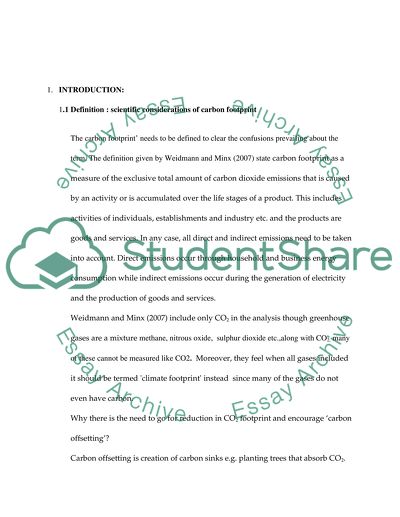Cite this document
(“Scientific considerations of carbon footprint Essay”, n.d.)
Retrieved from https://studentshare.org/miscellaneous/1523315-scientific-considerations-of-carbon-footprint
Retrieved from https://studentshare.org/miscellaneous/1523315-scientific-considerations-of-carbon-footprint
(Scientific Considerations of Carbon Footprint Essay)
https://studentshare.org/miscellaneous/1523315-scientific-considerations-of-carbon-footprint.
https://studentshare.org/miscellaneous/1523315-scientific-considerations-of-carbon-footprint.
“Scientific Considerations of Carbon Footprint Essay”, n.d. https://studentshare.org/miscellaneous/1523315-scientific-considerations-of-carbon-footprint.


